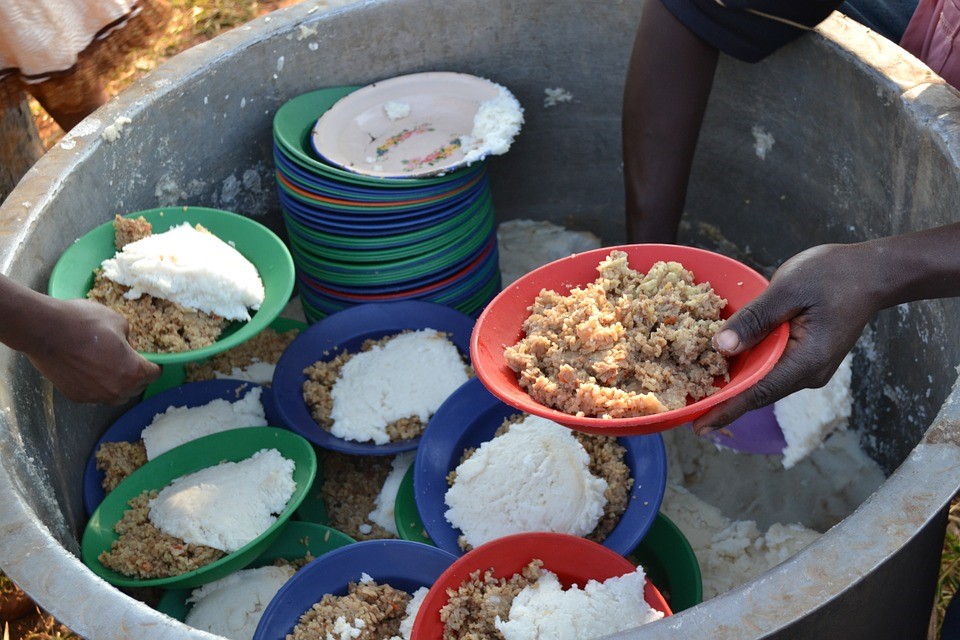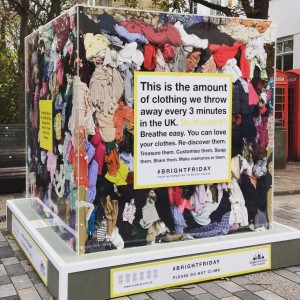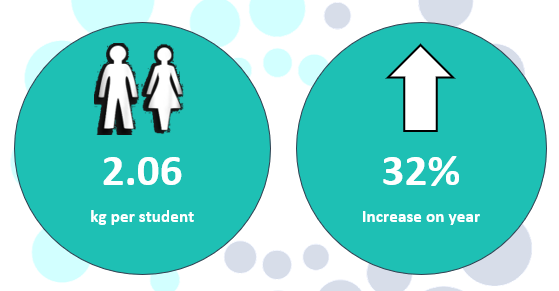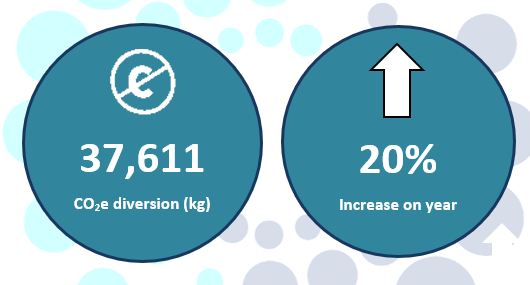I am very excited to have recently joined the King’s Sustainability Team as their new Sustainability Projects Assistant. In this role, I am responsible for helping to raise awareness and embed sustainability throughout the university. This includes Sustainability Champions, which is a brilliant programme run in collaboration with the National Union of Students . It is designed to enable and empower staff to recognise the difference they can make on an individual level, both as a part of the King’s community and throughout wider society. This champions year (18/19) we have 324 staff champions. This is also the first year we will be having student assistants assigned to staff champions teams, bringing staff and student communities together around the common goal of making King’s and the wider society more sustainable and supported. If you’re interested in becoming a champion please get in touch!
My relationship with the university began in 2014, when I came down from the North of England to start my Geography degree at King’s. As a new student in London, I wanted to find programmes I could get involved in which combined community and environmental action. In my first year, this included the University of London’s Reduce the Juice programme. This involvement with the UoL Sustainability Team then led in my second year to developing my own initiative. This initiative was to make meals in UoL halls of residences more sustainable through the introduction of a daily vegan option. This not only replaced a meat based dish, but also responded to the dietary and cultural demographic of the halls’ residents and actively responded to feedback given in the student experience surveys. My work around sustainable food developed in my third year of university, working with the King’s sustainability team to get King’s College London a Sustainable Restaurant Association (SRA) rating. The SRA assessment is known as the ‘Michelin stars of sustainability’ and is based on three pillars of sustainability: Sourcing, Society and Environment. The assessment included a wide variety of criteria, from fair treatment of staff, our use of natural resources, food waste, community outreach and charity work, and food certifications. I am very happy to say that King’s submitted its final SRA assessment in November (2018) and will receive its SRA rating and sustainability action plan with the key areas to improve and guidance on how to do this in January 2019.
For my final year dissertation, I lived and worked on a Community Supported Agriculture farm in rural Sweden over the summer of 2017, this experience forming the body of my research. The farmers’ story was incredible, establishing their farm as the first CSA in Sweden (est. 2001) and made possible through the reliance on volunteer, largely international labour. Their approach to life was inspiring, teaching those who want to learn with open arms and passionately addressing the social and environmental justice issues around food. They struck a balance of community, environmental and social sustainability based around food that I had not seen or experienced before. It made a long lasting impression and it is something I would like to explore more within the UK.
I am thrilled to continue my relationship with King’s as a member of the Sustainability Team and to use my experience as a student here to inform my decision making and areas of focus. I want to use my role in the Sustainability Team to enable more staff and students to get involved in sustainability at King’s, to help King’s progress as a leading sustainable institution, to strengthen the community of King’s and nurture the sustainable knowledge of staff and students who will go on to shape the future.
I am very much looking forward to continue engaging with staff and students, listening to input, and working to make King’s a leading university for sustainability together.
















